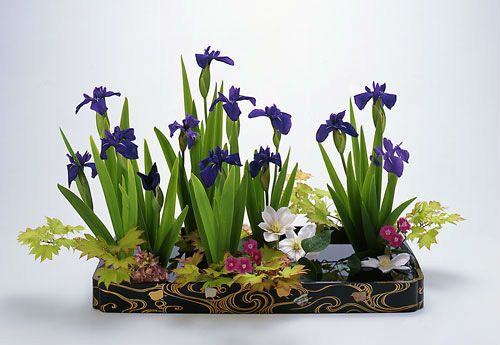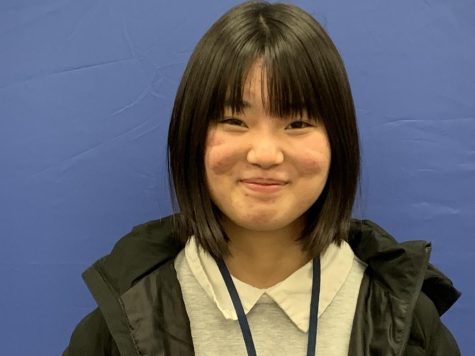Japanese Kado: Finding One’s Way Through Flowers

May 2, 2022
Kado is a traditional aspect of Japanese culture. In Kado, the appreciation of art involves placing flowers and plants from the four seasons into a vase. The word itself includes the Japanese character for “path” or “way.” This “way” does not merely include improving the techniques necessary for following that way but also contains the concept of learning the necessary etiquette, enhancing one’s inner self and growing. Kado goes beyond merely the arrangement of flowers, and the goal is to better oneself through the art.
In the same way as the Japanese arts of tea ceremony and calligraphy have the character for “way,” there is the same kind of goal with Kado. In this way, in the past Kado was one of the arts learned by women before getting married. Kado is very different from flower arrangement. Flower arrangement uses large quantities of flowers and plants, and by filling space, is referred to as the “aesthetics of addition.” In Kado, a person creates space by using the minimum number of flowers and plants, and the appreciation of beauty includes the space.
Kado, in contrast to flower arrangement, constitutes the “aesthetics of subtraction.” Further, whereas in flower arrangement, there is volume and beautiful splendor, Kado represents the preciousness of life in addition to its splendor. In Kado, there is also an etiquette to its appreciation. Firstly, the viewer kneels formally in front of the Tokonoma (alcove) and bows once to the flowers before considering them. When doing so, after looking at the overall structure, the viewer appreciates the combination of flower ingredients, the vase, and stand. After this appreciation, the viewer finally bows to the person who arranged the flowers to express his or her gratitude.
There are more than 300 schools of Kado. The oldest school is known as Ikenobo, and this has a history of more than 550 years. Tradition is important in the Japanese culture; thus, expect Ikenobo to be around for at least another 550 years.







